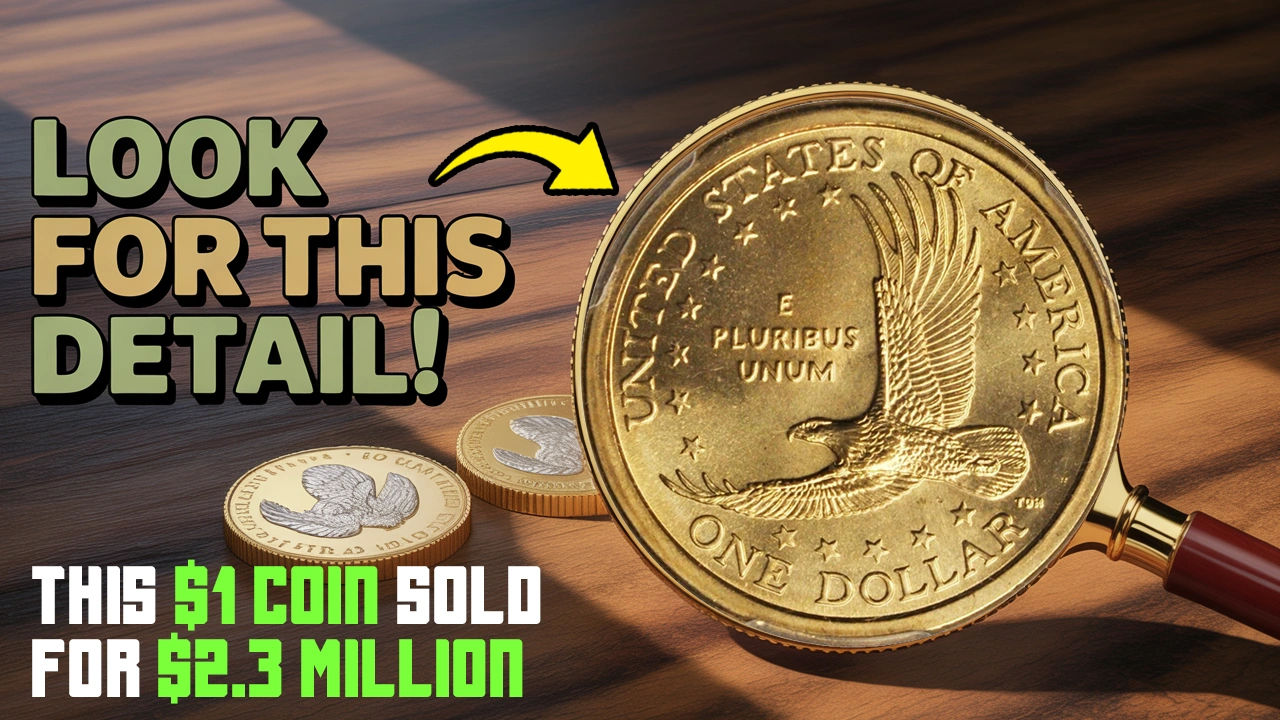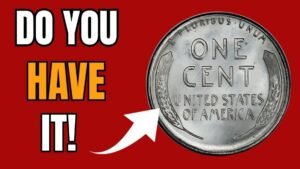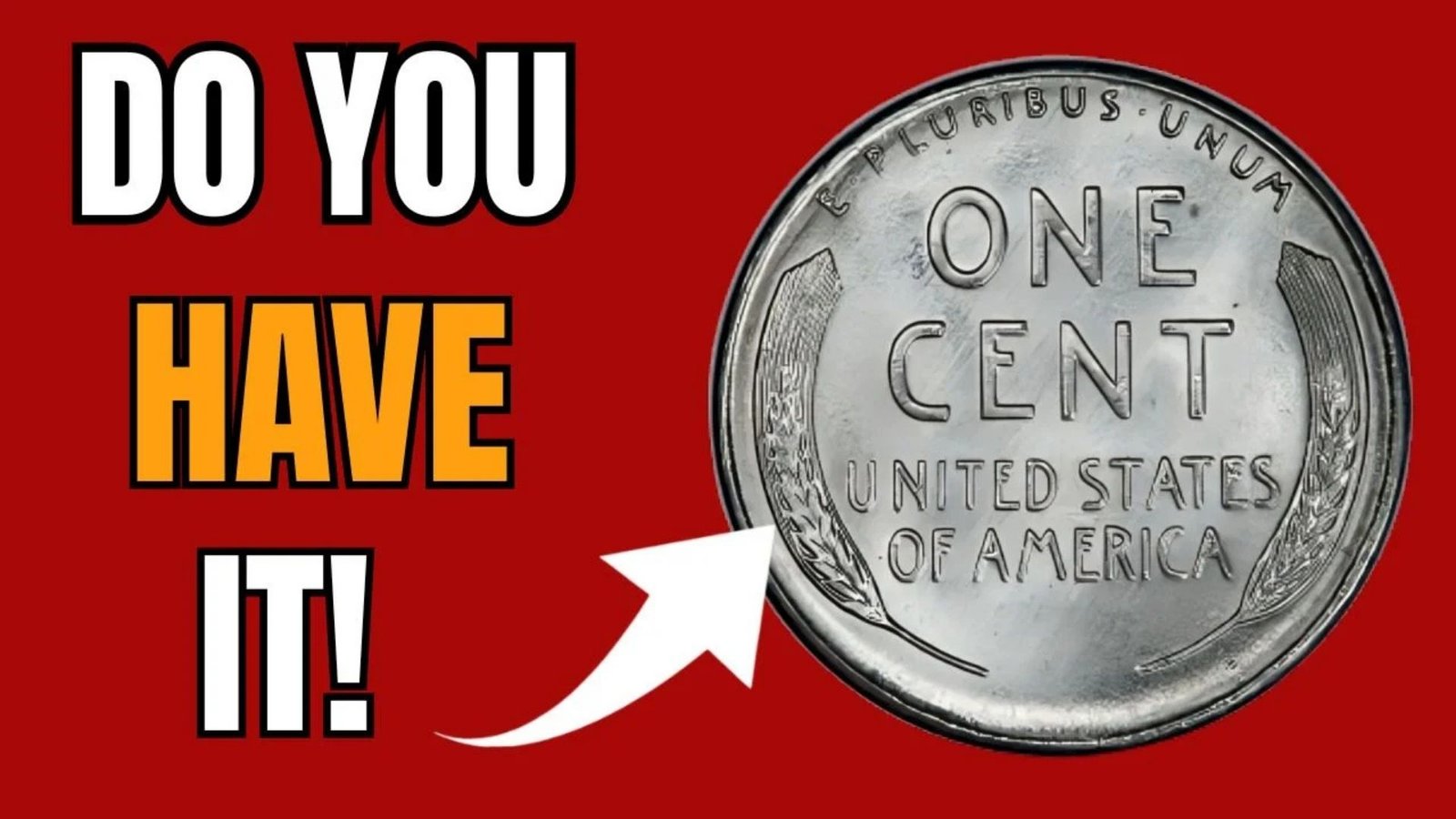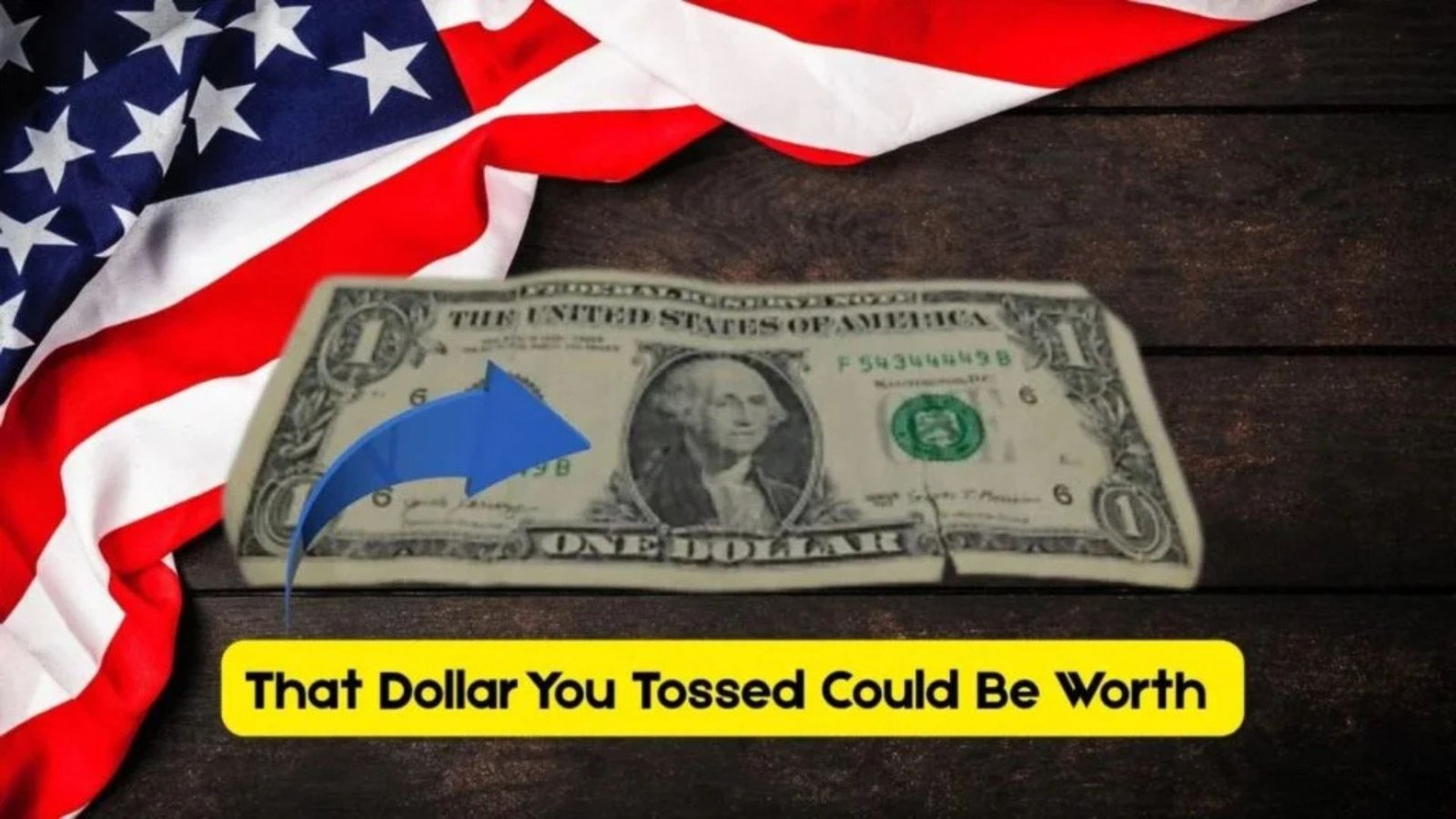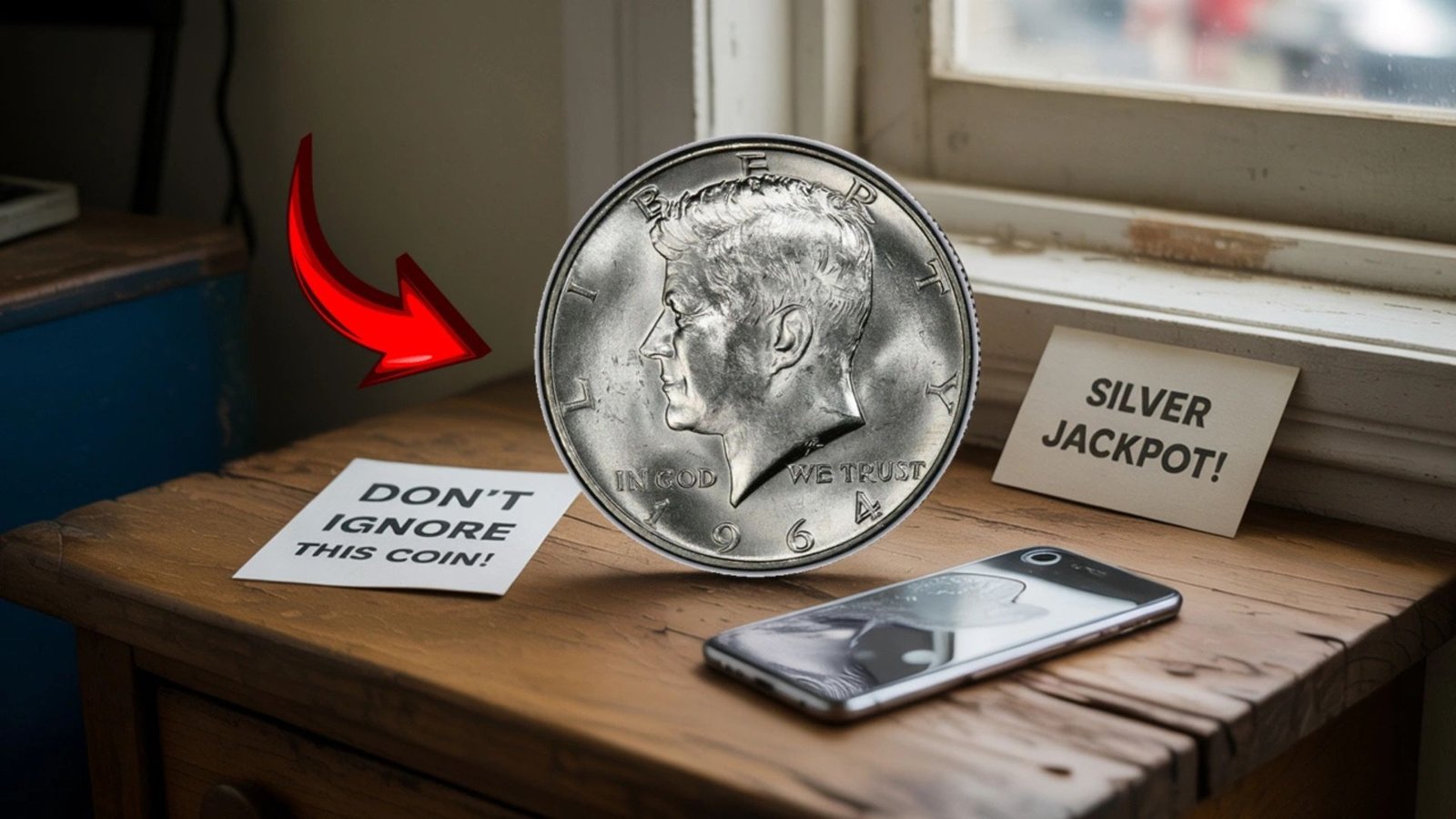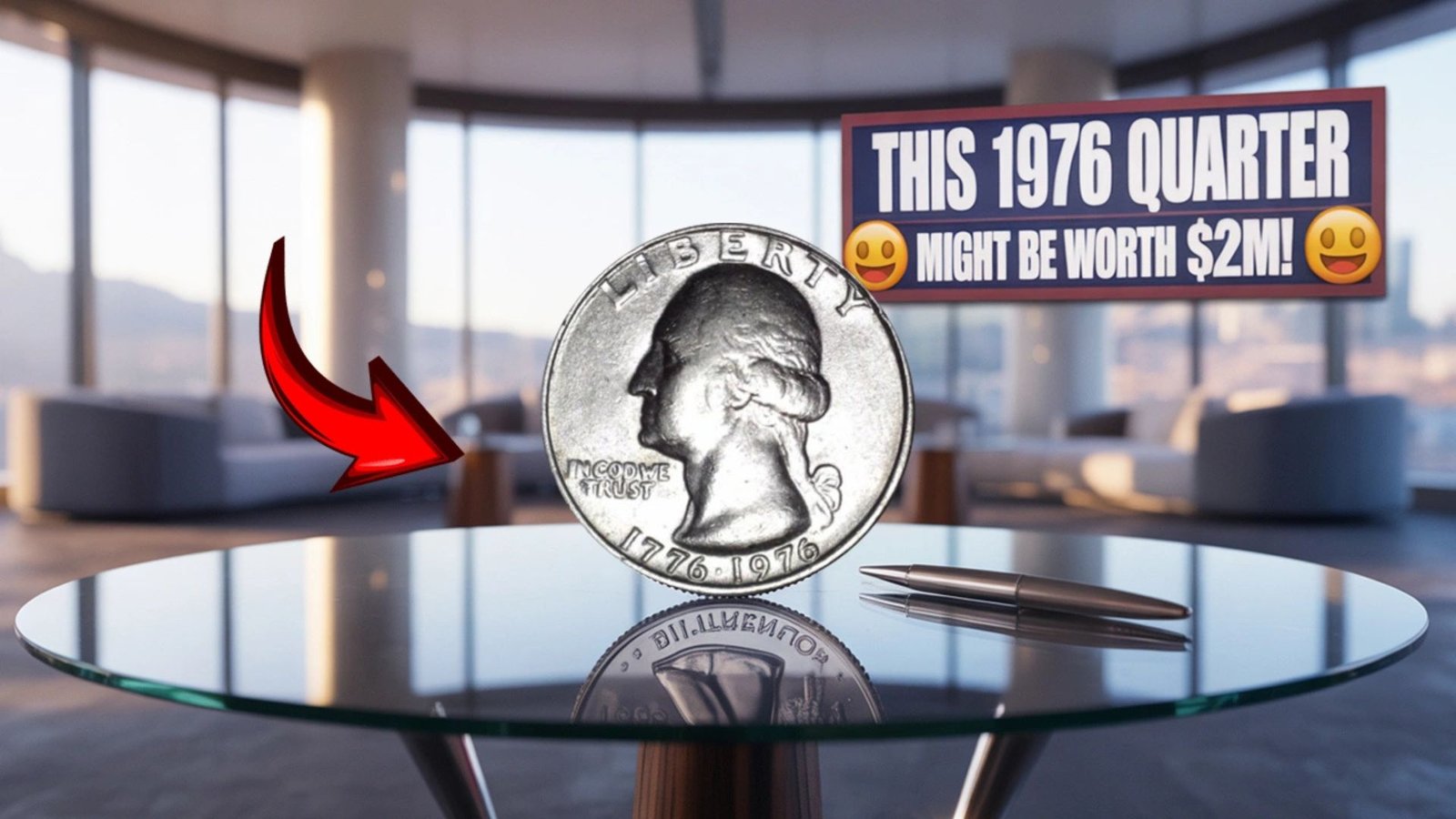Imagine finding a dollar coin in your pocket that’s worth more than a mansion! A rare Sacagawea Dollar, thanks to a jaw-dropping minting error, sold for $2.3 million in 2025. This golden coin, meant to honor a Native American hero, hides a secret that’s captivating collectors. Curious? Let’s unravel this numismatic mystery!
What Is the Sacagawea Dollar Mule Error?
This isn’t just any dollar coin. The 2000-P Sacagawea Dollar Mule Error is a numismatic unicorn. A minting mistake paired the obverse of a Washington quarter with the reverse of a Sacagawea Dollar. The result? A coin that’s one part quarter, one part dollar, and entirely extraordinary. Only about 20 exist, making it a collector’s dream.
This error, known as a “mule,” happens when mismatched dies from two different denominations are used. The 2000-P mule blends George Washington’s portrait with Sacagawea’s eagle, creating a coin that shouldn’t exist. Its rarity and bizarre nature drive its value sky-high.
The Surprising Origin of the Sacagawea Dollar
Introduced in 2000, the Sacagawea Dollar honored the Shoshone woman who guided the Lewis and Clark expedition. Designed by Glenna Goodacre, it features Sacagawea with her son, Jean Baptiste, and a soaring eagle on the reverse. Its golden manganese-brass alloy set it apart from the Susan B. Anthony Dollar.
The U.S. Mint aimed to replace the unpopular Susan B. Anthony coin, but the Sacagawea Dollar struggled to gain traction. A promotional tie-in with Cheerios placed 5,500 coins in cereal boxes, some with unique eagle feather details. Yet, the mule error stole the spotlight, turning a $1 coin into a legend.
| Sacagawea Dollar vs. Susan B. Anthony Dollar | Sacagawea Dollar | Susan B. Anthony Dollar |
|---|---|---|
| Introduced | 2000 | 1979 |
| Material | Manganese-brass | Copper-nickel |
| Color | Golden | Silver |
| Public Reception | Limited use | Unpopular |
| Notable Error | Mule error ($2.3M) | None significant |
Why This $2.3 Million Coin Matters Today
This coin isn’t just a collector’s item—it’s a phenomenon. Valued at $2.3 million in a 2025 private auction, the mule error is one of the most valuable modern U.S. coins. Its rarity, with fewer than 20 known examples, fuels collector frenzy. The story of a minting mistake turning pocket change into millions captivates hobbyists and casual enthusiasts alike.
The coin’s historical significance, tied to Sacagawea’s legacy, adds emotional weight. It’s a reminder that even modern coins can hide treasures. As coin collecting grows, stories like this inspire people to check their change, sparking a numismatic treasure hunt.
How to Spot a Valuable Sacagawea Dollar
Could you have a $2.3 million coin in your wallet? Here’s how to check:
- Obverse Design: Look for George Washington, not Sacagawea, on the front.
- Reverse Design: Confirm the Sacagawea eagle with “ONE DOLLAR.”
- Size and Color: It’s golden but matches a quarter’s size (24.26 mm, 5.67 g).
- Mint Mark: Check for a “P” (Philadelphia) on the obverse.
- Condition: Uncirculated coins (MS-66 or higher) are worth more.
If you suspect a mule, don’t clean it! Contact PCGS or NGC for authentication. Other errors, like the Wounded Eagle or Cheerios Dollar, can also fetch thousands.
| Valuable Sacagawea Dollar Variants | Error/Variant | Estimated Value | Key Feature |
|---|---|---|---|
| Mule Error (2000-P) | $2.3 million | Washington obverse, Sacagawea reverse | |
| Cheerios Dollar (2000-P) | $2,750–$11,500 | Enhanced eagle tail feathers | |
| Wounded Eagle (2000-P) | Up to $5,000 | Die gouge on eagle’s breast | |
| Presidential Edge Lettering | $17,161 (2012 sale) | Edge lettering from Presidential Dollar |
Mind-Blowing Facts About the Mule Error
- Rarity: Only 19 authenticated mules exist, with 16 owned by one collector.
- Discovery: Found in 2000 in Arkansas, authenticated by the U.S. Mint.
- Auction Record: Sold for $2.3 million in October 2025, a modern coin record.
- Mistake’s Origin: A quarter planchet was accidentally struck with Sacagawea dies during the 1999–2000 transition.
- Collector Craze: Mule errors are called “numismatic unicorns” for their rarity and allure.
These facts highlight why this coin is a legend in the collecting world, blending history, error, and jaw-dropping value.
Expert Tips for Coin Collectors
Want to hunt for rare coins like the Sacagawea mule? Here’s insider advice:
- Examine Your Change: Check golden dollars for unusual designs or sizes.
- Use Tools: A magnifying glass and coin scale help spot errors like mules or off-center strikes.
- Avoid Cleaning: Cleaning reduces value—keep coins in their original state.
- Get Authenticated: Use PCGS or NGC for professional grading to confirm authenticity.
- Join Communities: Coin clubs and online forums offer tips and updates on rare finds.
- Stay Informed: Follow numismatic news for auction results and market trends.
These tips can turn a casual hobby into a treasure hunt with life-changing potential.
Frequently Asked Questions
What is a mule error?
A mule error occurs when a coin is struck with mismatched dies, like a Washington quarter obverse and Sacagawea Dollar reverse. It’s ultra-rare and valuable.
How many Sacagawea mule coins exist?
Fewer than 20 are known, making them some of the rarest modern U.S. coins.
Can I find one in circulation?
It’s unlikely, but some mules were found in bank rolls in the early 2000s. Check your change
How do I authenticate a rare coin?
Submit it to PCGS or NGC for professional grading and error verification.
Are other Sacagawea errors valuable?
Yes, errors like Wounded Eagle or Cheerios Dollars can fetch thousands.
Conclusion: Could You Be Holding a Fortune?
The $2.3 million Sacagawea Dollar mule error is more than a coin—it’s a testament to how a tiny minting mistake can create a numismatic legend. From its accidental creation to its record-breaking auction, this coin captivates with its rarity and historical significance. Could a similar treasure be hiding in your pocket? Check your change, join a coin club, or get that odd dollar authenticated. Share this story with fellow hobbyists and dive into the thrilling world of coin collecting—you never know what fortune awaits!

